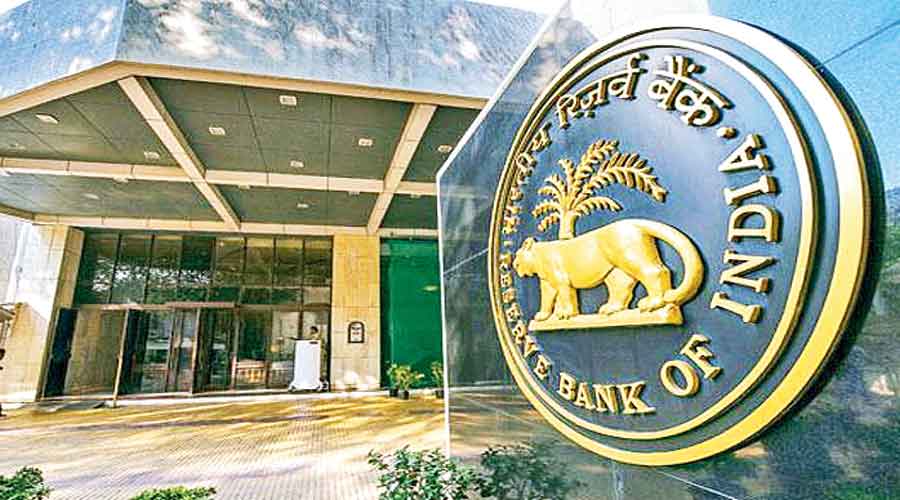The Reserve Bank of India (RBI) on Friday proposed a new category for bank investment in bonds or other securities — Fair Value Through Profit and Loss Account (FVTPL)
The investment portfolio of banks at present are classified under three categories: held to maturity (HTM), held for trading (HFT) and available for sale (AFS).
HTM securities are acquired by banks with the intention to hold them till maturity. Securities acquired by banks with the intention to trade by taking advantage of the short-term price or interest rate movements are classified under HFT.
Instruments that do not fall in these two categories are classified under AFS.
In a discussion paper, the RBI said FVTPL will now accompany the HTM and AFS categories. HFT will be a sub-category within FVTPL.
The proposed rejig will align domestic norms with global standards and practices, the RBI said.
The current rules are largely based on a report of an informal group that was submitted in 1999. Though the central bank had tweaked the guidelines on various occasions, it said a wide gap still persists between the rules in India and globally.
The discussion paper has proposed that only debt instruments with “fixed or determinable payments’’ and fixed maturity with the intent of holding till maturity shall be classified under HTM.
Other securities such as corporate bonds which satisfy this criteria can be permitted to be held in HTM.
Moreover, investments in equity shares of subsidiaries, associates and joint ventures will come under HTM.
There should not be any ceiling on investments in HTM as a percentage to total investments or on SLR securities that can be held in HTM.
However, controls on sales or movement out of HTM should be tightened to ensure the basic principles and tenets for the classification of securities as HTM and valuing them at cost is not invalidated.
AFS will include those debt instruments which the bank intends to either hold till maturity or sell before maturity.
FVTPL will be the residual category that will contain all investments that do not qualify for inclusion in HTM or AFS. Investments in securitisation receipts (SRs), mutual funds, alternate investment funds and equity shares, excluding certain exceptions, and derivatives, including those undertaken for hedging, which do not have any contractually specified periodic cash flows can be classified as FVTPL.
Valuation norms
The discussion paper said that all investments and derivatives will be valued at “fair value” or acquisition cost on initial recognition.
In instances where the security is not quoted and cannot be priced using market-based inputs, the loss will have to be immediately recognised whereas the gains should be deferred. Securities held in HTM do not have to be marked-to-market (MTM).
However, banks on a quarterly basis will have to assess any permanent diminution in value. The impairment, if any, will have to be debited to the profit and loss account.
On the other hand, MTM of securities held in AFS will done at least on a quarterly, if not on a more frequent basis.
In securities held in FVTPL, the RBI said that any gains or losses will reflect in the profit & loss account.
Securities held within the HFT sub-category will be subject to daily MTM.
MTM measures the value of an investment with respect to its current market price.
NEW NORMS
• Old practice: Banks investment in securities under three heads: held to maturity (HTM), held for trading (HFT) and available for sale (AFS)
• The change: Investment under held to maturity (HTM), Available for sale (AFS) & Fair Value Through Profit and loss Account (FVTPL).
• Available for sales will come under FVTPL.










